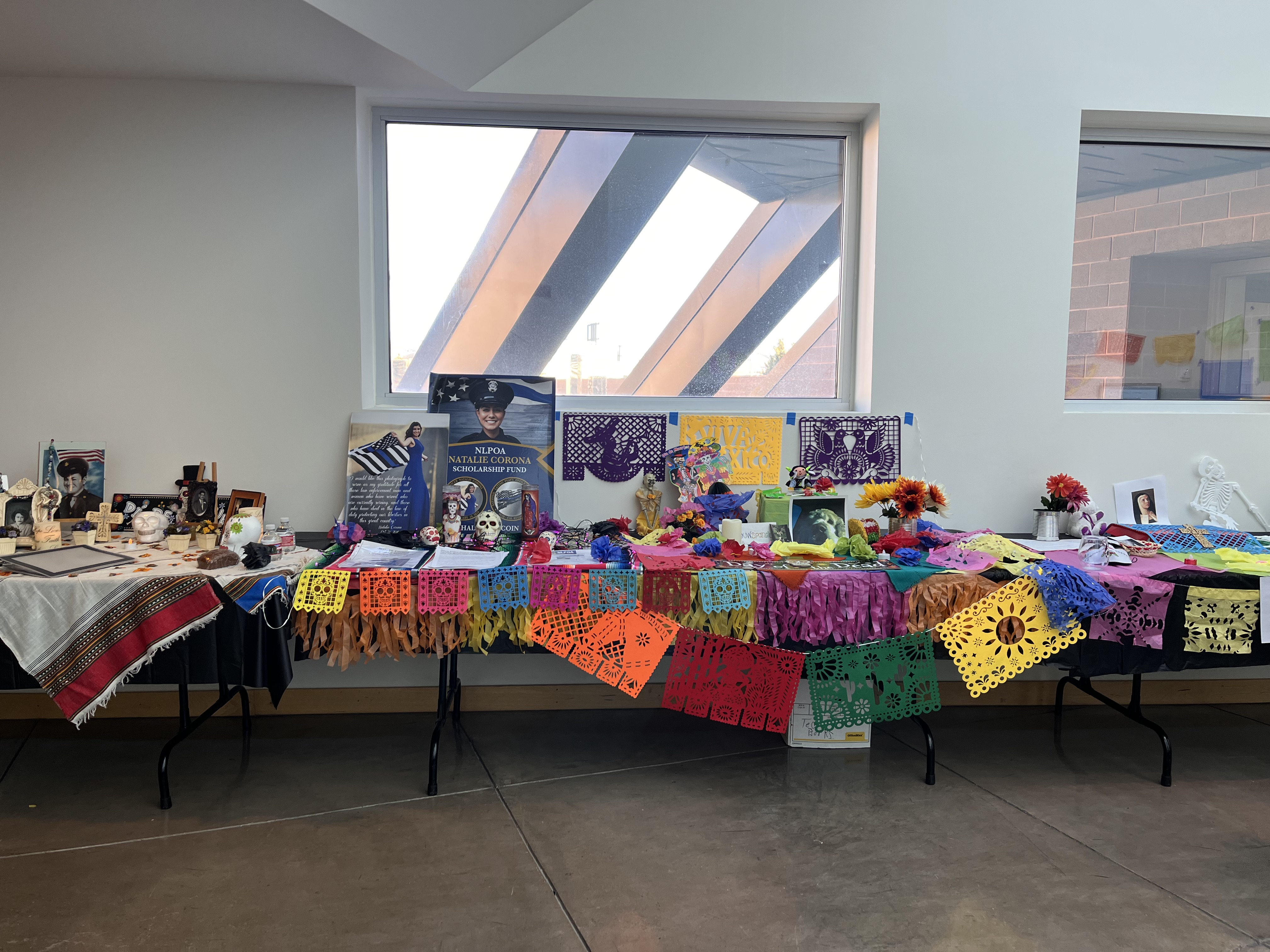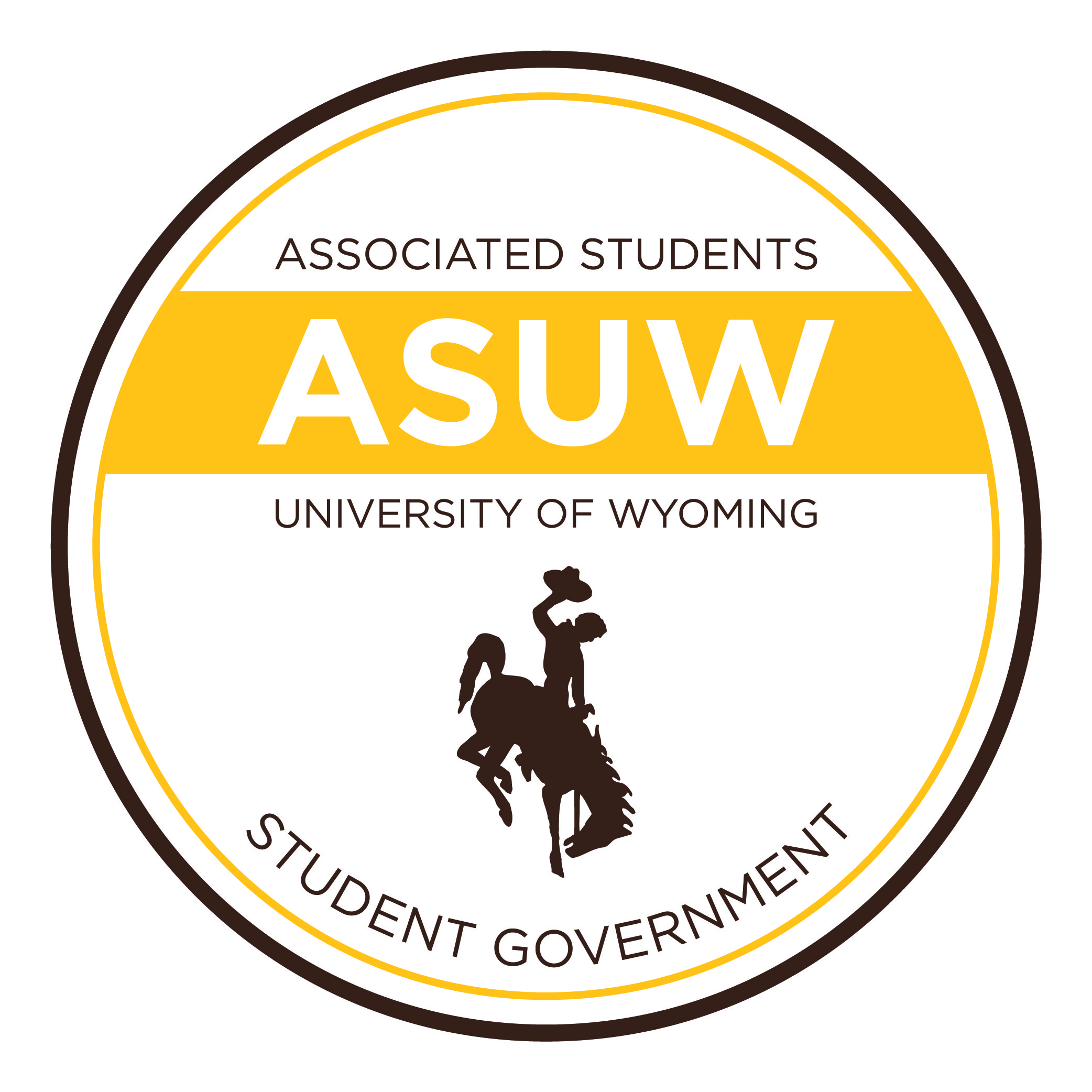El Día de Los Muertos, or the Day of the Dead, was brought to life at The University of Wyoming Art Museum for an evening of cultural exchange and celebration of loved ones lost.
This syncretic tradition allows participants to nurture connection with the deceased, and creates a uniquely positive expression of grief. The celebration originated in Mexican and Central American cultures; ancient Aztec beliefs about death merged with the Catholic traditions of All Souls and All Saints day.
Today, El Día de los Muertos has spread across Spanish speaking countries and created one of the most recognizable holidays around the world.
In the Mexican tradition, the main practice is the creation and display of ofrendas, or altars, which honor the dead loved ones through photos and other significant memorabilia, religious symbols, and food.
Such ofrendas, created by Laramie community members, were on display at the event and will continue to be until the traditional last day of celebration on Nov. 2nd. Event Organizer Sonya Rodrigues Hicks, assistant professor of Spanish and Latin American literature, said of the tradition,
“We grieve, but more than anything it is a celebration. It is honoring those who have passed away, and people believe on November 1st and 2nd that their loved ones’ souls come back. You are happy because it is a connection with them you can have once a year.”
El Día de los Muertos has an established history in Laramie, and the celebrations have only grown with greater exposure. Patricia Flores, a founder of the Laramie celebrations, spoke about the impact of the day in the community.
“The Lincoln community center started having the Día on a regular basis in a small way, but once people started to realize it was open, and anyone could set up an altar, it grew.”
“St. The Paul Newman Center has been really active in also embracing this celebration of life and death. Other organizations like the cancer society here would set up a beautiful, respectful altar to commemorate those we have lost to cancer.”
In incorporating traditional practices across the Latinx world, the event gave attendees a broad view of what el Día can look like, and most importantly, why it is such an enduring and significant holiday.
Across the tables ofrendas, faces of beloved daughters, sons, dogs, fathers, mothers, grandparents, and great grandparents look back at their living family in a communal acknowledgement of loss and of love.
As described by Sonya Rodrigues Hicks, El Día de los Muertos reflects an experience we will all share, and is therefore a celebration open to anyone who has lost someone, and wants to celebrate them.
“We want everyone; no matter gender, race, religion, political party, social class,– they are all invited to celebrate their loved ones who have passed.”



